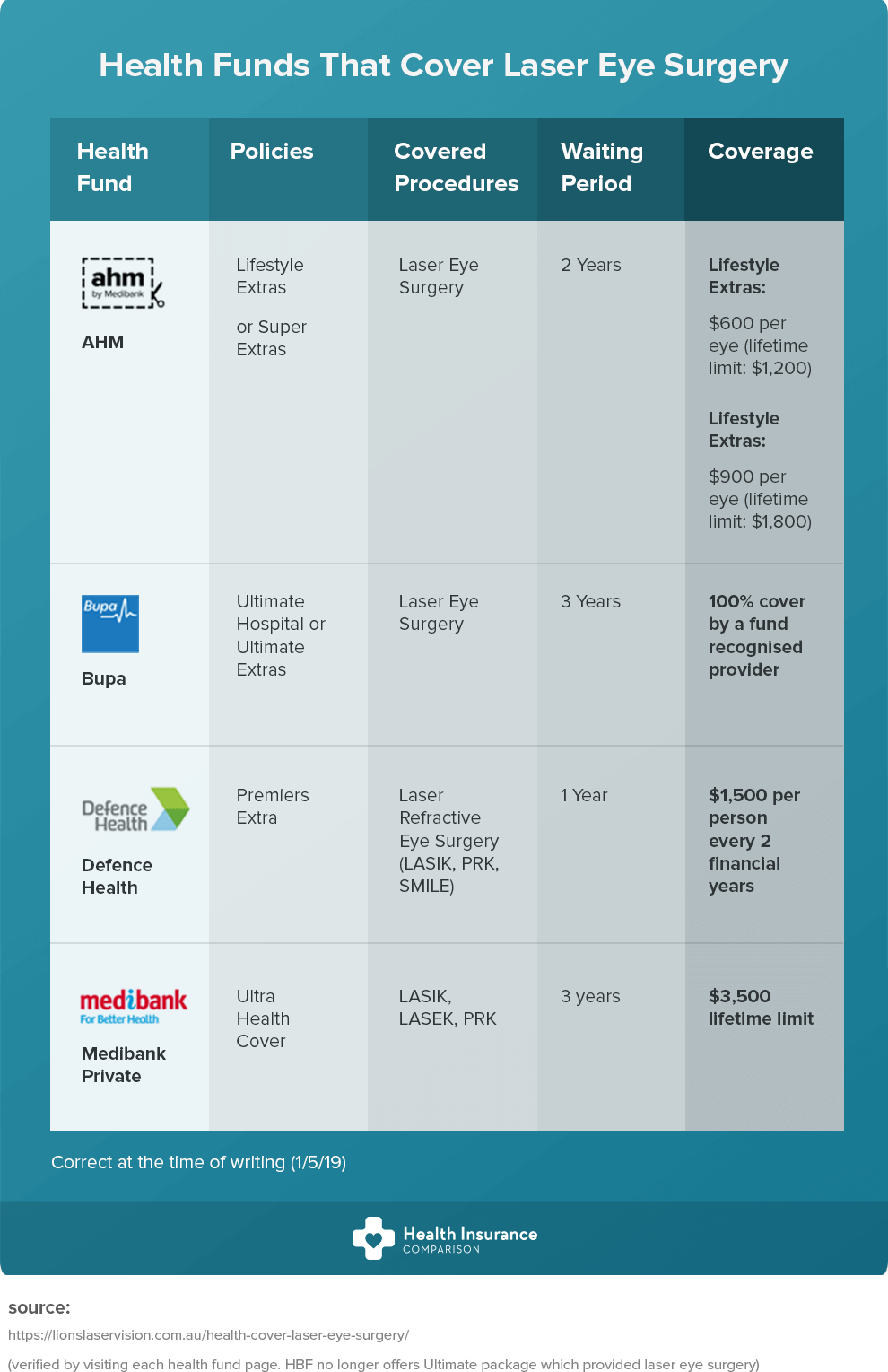Check Out A Fascinating Expedition Into The History Of Cataract Surgery Approaches That Are Transforming The Field Of Eye Health
Check Out A Fascinating Expedition Into The History Of Cataract Surgery Approaches That Are Transforming The Field Of Eye Health
Blog Article
Article Writer-Mcfadden Olson
As you check out the advancement of sophisticated cataract surgery strategies, you'll witness a trip noted by resourcefulness and precision. From old techniques that led the way for modern innovations to cutting-edge technologies that are changing the field, the thorough overview of cataract surgery strategies is a testament to human development and dedication to boosting individual end results. The detailed interaction in between historic techniques and advanced innovations develops an interesting narrative that clarifies the advancement of one of the most usual procedures worldwide.
Historical Methods and Innovations
Check out how early specialists reinvented cataract therapy by using ingenious techniques and tools. In the past, cataract surgical procedure was a risky and unpleasant procedure. Nevertheless, old Indian physicians were amongst the very first to try surgical interventions for cataracts, using a method called 'formulating' where a sharp instrument was used to press the cataract back right into the eye. This technique, though crude by today's requirements, laid the groundwork for future innovations in cataract surgery.
As time progressed, Arab physicians made substantial contributions by creating specialized needles for cataract extraction. These needles were made use of to penetrate the cataract and afterwards extract it from the eye, marking a considerable enhancement in surgical accuracy.
Later on, in the 18th century, the French doctor Jacques Daviel spearheaded the technique of extracapsular cataract extraction, where the entire lens was removed intact with a larger cut. This noted a major innovation in cataract surgery strategies, paving the way for the contemporary procedures we utilize today.
Modern Surgical Approaches
Early methods in cataract surgery have advanced significantly, causing the development of modern medical strategies that focus on accuracy and boosted person results. LASIK Eye Center Locations involves a procedure called phacoemulsification, where an ultrasonic device separate the cataract for elimination via a tiny cut. This method permits quicker recovery and reduces the risk of issues compared to older techniques.
Additionally, the use of sophisticated intraocular lenses (IOLs) has transformed cataract surgery outcomes. cataract surgery ultrasound can deal with not only the cataract but also various other refractive mistakes like astigmatism, reducing the demand for glasses post-surgery.
Surgeons today likewise have access to sophisticated imaging modern technologies that aid in specific preoperative preparation and intraoperative decision-making. Optical comprehensibility tomography (OCT) and various other imaging modalities supply detailed images of the eye's structures, permitting a much more customized strategy to each person's surgical treatment. With these innovations, modern-day cataract surgery strategies continue to enhance, using clients more secure procedures and better visual outcomes.
Emerging Technologies in Cataract Surgery
With improvements in technology changing the field, cataract surgery is experiencing the combination of ingenious strategies for boosted patient end results. Arising modern technologies in cataract surgical procedure are improving the landscape of ophthalmic procedures. One such innovation is femtosecond laser innovation, which enables accurate corneal lacerations, capsulotomies, and lens fragmentation, leading to improved surgical precision and results.
In addition, intraoperative aberrometry is acquiring popularity, allowing real-time measurements of refractive errors throughout surgery to enhance intraocular lens power estimations and decrease postoperative refractive surprises.
Additionally, using innovative imaging modern technologies like optical comprehensibility tomography (OCT) and intraoperative wavefront aberrometry help doctors in specific medical planning and execution. These devices give detailed physiological information and aid personalize medical strategies for each and every client's special eye attributes.
In addition, advancements in artificial intelligence are being explored to aid in preoperative preparation, intraoperative decision-making, and postoperative treatment, possibly maximizing surgical outcomes and patient satisfaction. Welcoming these arising modern technologies in cataract surgical procedure holds promise for further improving client end results and making sure the continued evolution of sensory medical methods.
Final thought
As you trip via the history of cataract surgery, you witness the change from old practices to sophisticated technologies. Like a phoenix az rising from the ashes, cataract surgical procedure has evolved right into a beacon of hope and technology.
Equally as a caterpillar arises from its cocoon as a beautiful butterfly, cataract surgical procedure has actually progressed into a polished art type, offering clients clearer vision and a brighter future.
The advancement continues, radiating a light on limitless opportunities.
